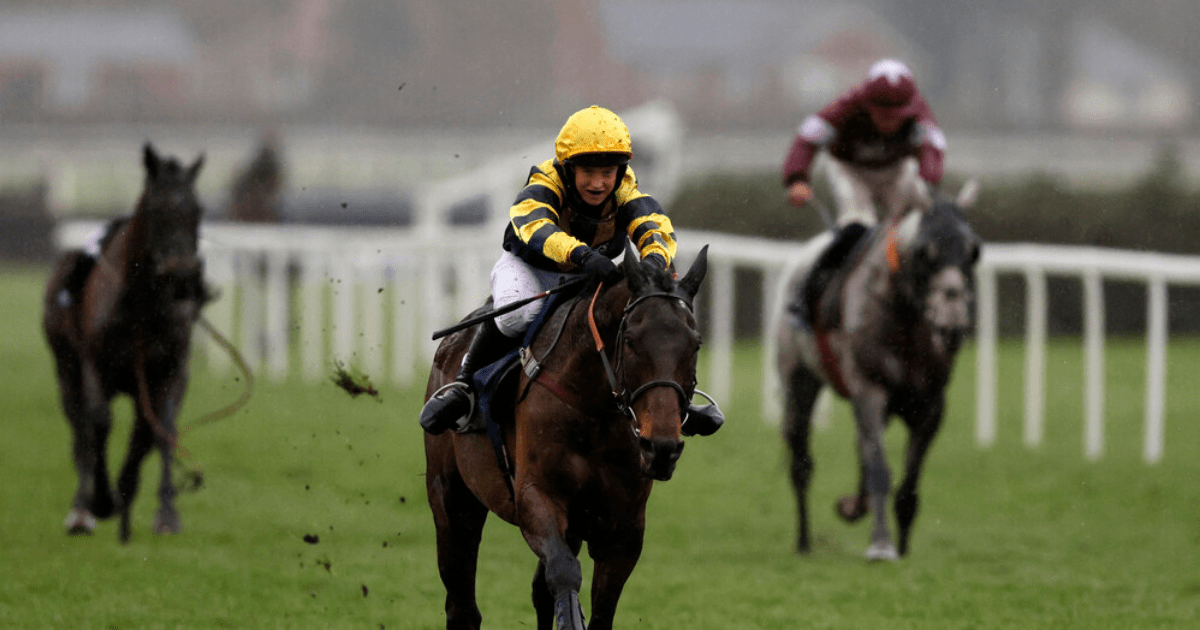Introduction
When it comes to climate change, horse racing might not be the first thing that comes to mind. But the truth is, global warming is already having a significant impact on the sport. With record heatwaves, wildfires, and floods becoming more commonplace, it's time to consider the return of all-weather jumps racing.
The Current Challenges
Over the past four weeks, horse racing has lost 18 fixtures to waterlogging, and the situation doesn't seem to be improving. While some tracks have decided to soldier on, the conditions have made for some tough races and difficult viewing. It's time to find a solution that ensures a reliable and safe surface for horses and avoids the loss of valuable betting turnover.
Bringing Back All-Weather Jumps Racing
In the late 80s and early 90s, all-weather tracks were common in the UK. However, issues with the quality and consistency of the surfaces led to their discontinuation in 1994. But with advancements in technology and veterinary science, as well as the excellent safety record of modern all-weather tracks, it's time to give all-weather jumps racing another chance.
An Idea Worth Exploring
Many jumps trainers already have schooling facilities on artificial surfaces at their yards. So, why not stage race meetings on tracks like Tapeta at Southwell or Polytrack at Kempton? The British Horseracing Authority (BHA) expressed openness to the idea back in 2009, recognizing the role that all-weather racing could play in the future of jumps racing, considering the changing climate.
Overcoming Challenges
While all-weather jumps racing might not be suitable for every horse or every trainer, it offers a reliable alternative during periods of inclement weather. It's true that installing new drainage systems at tracks would be costly, but utilizing existing all-weather facilities can keep the show on the road even when the grass is unraceable. It's time for racing chiefs to be proactive, flexible, and open-minded in finding a solution.
The Cost of Inaction
Our winters are becoming milder and wetter, and the situation is only expected to worsen. Those in positions of power need to take action before it's too late. While it may seem like a bleak situation, this is an opportunity for racing's top brass to prove their effectiveness and adaptability.
Conclusion
Climate change is already impacting horse racing, and it's time to consider innovative solutions like all-weather jumps racing. By embracing change and finding ways to ensure a reliable racing surface, the sport can continue to thrive in an ever-evolving and competitive digital world.
Remember to gamble responsibly.

